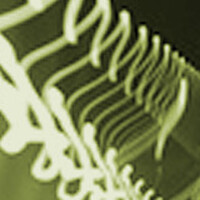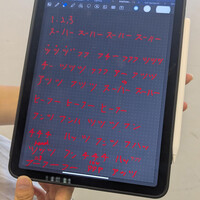Second meeting between scholars and choreographers
Blog post
By Dong Xianliang Yan
This post summarizes the discussion from the second meeting between scholars and choreographers held on June 16, focusing on an issue that lies at the heart of many of our concerns: the ethics of observation in dance studies.
In the second part of our meeting, Lynn initiated a conversation about the observation system in ArtCross, which has been in place since 2009. For the first time in an official group setting, scholars directly addressed choreographers with questions about how this system has impacted their work.
As choreographers pointed out, the presence of observers inevitably affects the dynamics in the rehearsal studio. Even though they were informed of the observation framework at the beginning of the programme, they admitted that when observers enter the space, changes occur almost immediately. Choreographers might unconsciously adjust their coaching methods, and dancers may shift their attitudes or physical expressions, deviating from the organic flow the choreographer originally intended.
This unavoidable influence often leads to a paradox: observers worry about disrupting the process, while choreographers focus on maintaining coherence rather than addressing the act of observation itself. As Tom remarked, it is difficult to predict how things will unfold because each relationship is different, whether the observer and choreographer know each other, share a common language, or have worked together previously, all affect how people respond to one another in the studio.
Professor Wang highlighted that even the gesture of entering a space carries weight, drawing on Laban’s theories. Du Le shared her own experience of entering Terry’s rehearsal studio for the first time (after missing the previous session), where she and Zhenzhen bowed upon entering to mark their presence. Terry, recognizing this as a new moment of engagement, found a natural break during the dancers’ improvisation to offer them context about what had unfolded earlier. All of us noted that Terry consistently positions himself at the intersection between observers and performers, cultivating a studio environment that is both fresh and interactive. Different reactions from choreographers exemplify how individuals’ expectations and training backgrounds significantly shape how they receive observation.
Rather than framing these moments in terms of offense or disrespect, the discussion emphasized the need for a more holistic and responsive ethical system. As Lynn pointed out, ethics should not be treated as abstract or fixed, but rather continually grounded and updated within the evolving practices of ArtCross and the broader dance world.
On a practical level, I realized that during our first meeting, we never had a direct conversation with the choreographers about their preferences and expectations around observation. Questions like: When is the best time for observers to enter? How many observers do the choreographers feel are appropriate? Do choreographers prefer conversations before, during, or after rehearsals?—these were left unasked.
Chris noted a key distinction between a formal “open studio” format and the more integrated model of scholars observing in-studio, if I don’t mislead. This difference is crucial and worth revisiting as ArtCross continues to evolve. Perhaps it’s time we rethink not only what we observe but how we observe, and how ethical practice can be more deeply embedded into the structure of the intercultural platform itself.
Toward the end of the meeting, Mengchen offered a valuable perspective grounded in documentary practice. She reminded us that no presence is ever truly neutral. Instead of expecting dancers and choreographers to maintain a coherent gesture or consistent behavior in the studio, she suggested we shift our focus to how they adapt and respond to changing circumstances. It is in those moments of transformation, when something shifts, that something truly interesting can emerge. This approach not only challenges the assumption of an “unobtrusive observer”, but also opens up a more dynamic and responsive way of engaging with rehearsal processes.
Posted by

Andrew Lang

